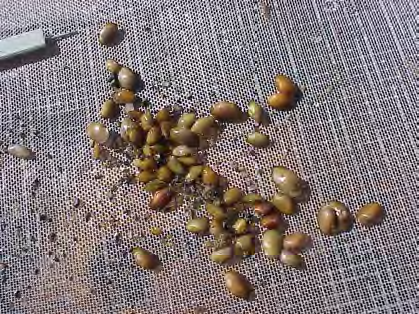August of 2017 saw the start of a long term project releasing Higgins’ eye mussels into the Chippewa River. Isn’t this just more of the same in mussel releases you ask? Hardly, because Higgins’ eye have been extirpated from this river for decades. The Chippewa is a great place to start a new population of Higgins’ eye mussels because it’s at a relatively low risk of invasion by zebra mussels and is occupied by other rare mussel species including the sheepnose and recently reintroduced winged mapleleaf. What does a mussel release look like? A bit like the crowd gathered around an invisible finish line. A grid 10 meters long and one meter tall was laid on the river bottom and used to keep the mussels at a steady abundance. Ten people, biologists, managers and volunteers wearing masks and snorkels, each placed four mussels in their square before flipping the grid over and over and over until all of the mussels were released. Every mussel was tagged with a small piece of plastic with a specific color and number in the weeks before so when they are found again they can be identified; 100 had passive integrated transponder (PIT) tags attached to their shells. Each of these tags will help us look at the success of starting the mussel population here. Looking forward from 2017, many more Higgins’ eye mussels will need to be released into the Chippewa River system in order to create a population there that can survive without regular addition of more mussels. To this end a team of biologists from Genoa Fish Hatchery, Region 3 Ecological Services Office, the Wisconsin Depart-ment of Natural Resources and the Midwest Fish-eries Center spent a day in the Chippewa looking for more sites with many different mussel species, young mussels and good numbers of species that use the same hosts as Higgins’ eye and were very successful. Four additional places were found and plans are already in the works for a 2018 release at the site closest to this year’s release. By Megan Bradley

Clockwise from top: Volunteers, U.S.FWS staff and WI DNR staff turning over the 1 meter grid for releasing Higgins’eye into the Chippewa River; Genoa National Fish Hatchery Staff and WI DNR staff scouting for new release locations for Higgins’eye in the Chippewa River; Hallprint and PIT tagged Higgins’eye mussels before release into the Chippewa, (notice the natural differences in color of their shells).
